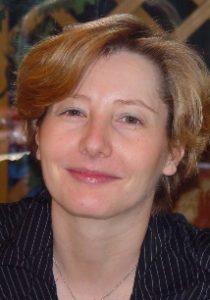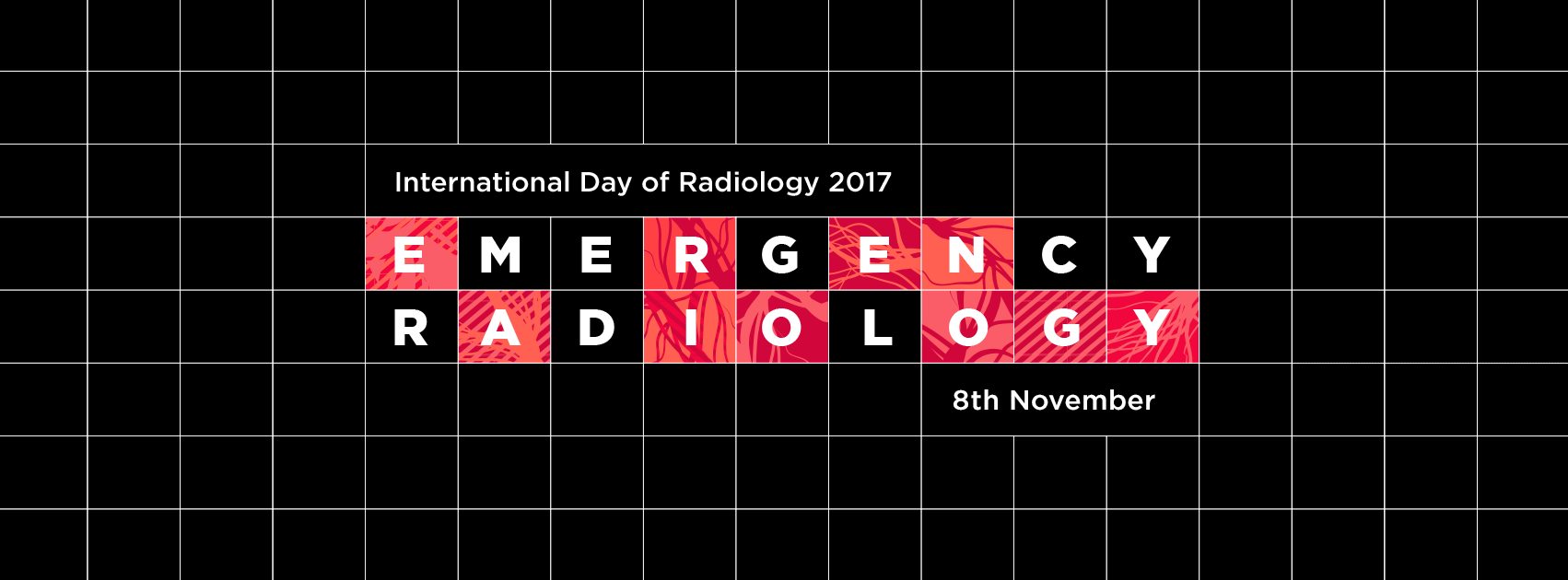Teleradiology may diminish the use of ultrasound and reduce radiologists’ skill in its use says French expert
This year, the main theme of the International Day of Radiology is emergency radiology. To get some insight into the field, we spoke to Dr. Kathia Chaumoître, professor and head of the radiology department at North Hospital, Aix Marseille University, France.
European Society of Radiology: Could you please describe the role of the radiologist in a typical emergency department in your country?
Kathia Chaumoître: There are constant interactions between the emergency department and the imaging department. The radiologist is involved in every aspect of patient management: discussion about indication, choice of the best imaging technique, realisation or management of the examination, interpretation and transmittal of results.

Dr. Kathia Chaumoître is professor and head of the radiology department at North Hospital, Aix Marseille University, France.
ESR: What does a typical day in the emergency department look like for a radiologist?
KC: There is not always a dedicated team of radiologists for emergencies during the day. That depends on the size of the institution. Emergency imaging can be mixed with scheduled examinations, or it can be separated, with dedicated CT or MRI scanners. On nights and weekends there is a radiologist on site or on call for ultrasound, CT and MRI. There also are specific teams for interventional radiology, interventional neuroradiology and paediatric radiology, in the case of a teaching hospital.
ESR: Teamwork is crucial in an emergency department. How is this accomplished in your department and who is involved?
KC: In my department, all radiologists are involved in emergency work as part of their schedule. There is a dedicated CT unit for the emergency department (and two additional CT units for scheduled exams); two conventional x-rays rooms in the emergency department, one each for adults and children; and two ultrasound emergency rooms, one for adults and one for paediatric emergencies. Also, there are dedicated time slots for emergency MRIs.
ESR: How satisfied are you with the workflow and your role in your department? How do you think it could be improved?
KC: During the day workflow is fairly well controlled because some nonemergency x-rays are read by physicians, not radiologists, due to a shortage of medical staff. In contrast, radiology cases during on-call periods (i.e. nights and weekends) are deemed too important by the on-call team to have other physicians read them, which creates extra stress and strain. To improve this situation, the on-call teams must be increased to avoid affecting the next day’s staffing. Indeed, after a night on call a radiologist does not work the following day. For example, an on-site, senior radiologist may read as many as 100 CT scans during a weekend day, which may decrease the studies’ quality and increase the risk of error.
ESR: Which modalities are used for different emergencies? Could you please give an overview sorted by modalities?
KC: Emergencies deserve the best techniques and the best machines. Imaging is crucial in the management of emergency medicine today, especially CT imaging.
All the modalities are used for emergencies:
- Conventional x-ray is best for bone and joint trauma, as well as chest pathology;
- Ultrasound often is used for paediatrics emergencies (e.g. abdominal pain, urinary tract pathology and pelvic pain) and for abdominal pathologies for young women or thin patients;
- MDCT is the best tool for adult emergencies, and there has been a dramatic increase in CT indications. These indications range from multiple trauma, thoracic pain and abdominal pathologies to complex fractures, head injury and headaches;
- MRI is appropriate for neurological emergencies, such as stroke or medullar lesion. However, MRI units are scarce, so having one dedicated exclusively for emergency use isn’t feasible. Although, in some cases, MRI examinations are a better choice than CT scans to avoid ionised radiation;
- Interventional radiology is important for trauma patients with embolisation, but also good for cases of stroke with thrombectomy, for example.
ESR: Is teleradiology an issue in emergency radiology? If yes, how so, and how often is it used?
KC: In my opinion, teleradiology can help in emergency radiology, but it’s not a miraculous solution. Teleradiology allows physicians to share emergency studies with many hospitals, but it separates the radiologist from the patient and the emergency department. Teleradiology will lead to a decrease in ultrasound use by radiologists. Ultrasound is progressively suffering from a loss of skill in its use by emergency physicians and, more importantly, a loss in ultrasound training for young radiologists.
ESR: Are emergency radiologists active anywhere other than emergency departments? Do they have other non-emergency roles, or other emergency roles in other departments?
KC: Emergency radiologists participate in multidisciplinary meetings to discuss complex cases. They are responsible for training emergency teams in the proper use of imaging.
ESR: Do you have direct contact with patients and if yes, what does it entail?
KC: We have direct contact with patients and their family members, especially during emergency ultrasound, but also for all the other modalities. It’s important that patients understand the entire procedure before it begins, and we have to explain the results and the limits of the examination in collaboration with the emergency team.
ESR: How are radiologists in your country trained in emergency radiology? Is emergency radiology a recognised specialty in your country?
KC: Emergency radiology training takes place during the first year of the radiological residency, with a combination of formal classroom training and real-life professional situations. This training continues during five years of specialised study in radiology. Emergency radiology is not a recognised subspecialty in France, but each of the other subspecialties has its own experts in emergency care. The French radiological society has created a federation of emergency radiology to bring together these experts and to motivate and encourage other work on this topic.
ESR: Please feel free to add any information and thoughts on this topic you would like to share.
I would like to add a general comment: In France, 80% of medical emergencies are managed by the public-health system. Emergencies are increasing constantly, putting pressure on all of the affected departments. The challenge is to work to achieve quality and efficiency, without being disturbed by the increased workload and the lack of medical staff.
Dr. Kathia Chaumoître is professor and head of the radiology department at North Hospital, Aix Marseille University, France. The imaging department of North Hospital is specialised in multiple traumas (with three CT scanners, as well as a vascular and interventional unit), paediatric and foetal imaging, abdominal and thoracic imaging, breast imaging and oncology imaging. She trained in Marseille in paediatric and emergency radiology. Her main research interests are multiple trauma in collaboration with the Laboratory of Biomechanics and Applications (LBA), and she has specialised in human impact biomechanics since 2010. She also is involved in anthropologic and forensic sciences ADES (UMR 7268) since 1999. She currently is supervisor of the French Emergency Imaging Federation (FIU), one of the divisions of the Société Française de Radiologie (SFR). She has authored or co-authored more than 130 peer-reviewed publications, 15 book chapters and more than 100 scientific posters and oral presentations.
Read our interviews with expert emergency radiologists from 29 different countries here.


